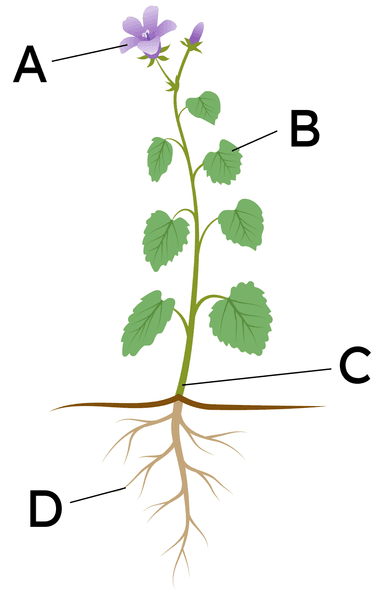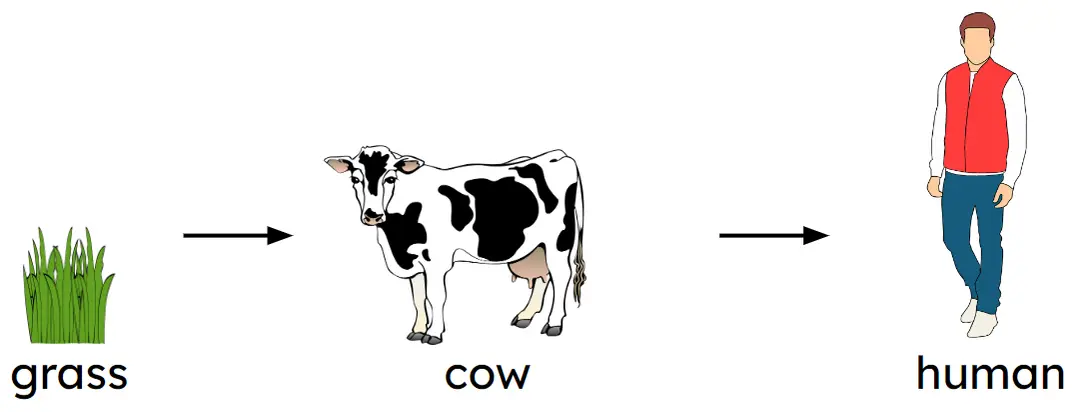Myths about teaching can hold you back
- Year 9
Plant nutrition
You can describe what plants need from their surroundings to stay alive and grow, and how they get food.
- Year 9
Plant nutrition
You can describe what plants need from their surroundings to stay alive and grow, and how they get food.
These resources were made for remote use during the pandemic, not classroom teaching.
Switch to our new teaching resources now - designed by teachers and leading subject experts, and tested in classrooms.
Lesson details
Key learning points
- Plants are living organisms that need light, air, water and minerals to stay alive and grow
- Plants take in light and gases from air through their leaves, and take in water and minerals through their roots
- Water and minerals are not food, but plants do need food to stay alive and grow
- Plants do not take in food from their surroundings, they are producers that make their own food
- The food that plants make is carbohydrate, which they use for growth and as a source of energy
Keywords
Minerals - Plants need chemicals called minerals to stay healthy and grow.
Food - Food is any substance that an organism uses as a source of both energy and materials for growth and repair.
Producer - A producer is an organism that makes its own food.
Carbohydrate - Carbohydrates are a type of nutrient found in foods. Sugar and starch are examples of carbohydrates.
Common misconception
Plants take in food from their surroundings.
This lesson explores why the things taken in by plants are not food, and the idea that plants make the food they need to survive.
To help you plan your year 9 science lesson on: Plant nutrition, download all teaching resources for free and adapt to suit your pupils' needs...
To help you plan your year 9 science lesson on: Plant nutrition, download all teaching resources for free and adapt to suit your pupils' needs.
The starter quiz will activate and check your pupils' prior knowledge, with versions available both with and without answers in PDF format.
We use learning cycles to break down learning into key concepts or ideas linked to the learning outcome. Each learning cycle features explanations with checks for understanding and practice tasks with feedback. All of this is found in our slide decks, ready for you to download and edit. The practice tasks are also available as printable worksheets and some lessons have additional materials with extra material you might need for teaching the lesson.
The assessment exit quiz will test your pupils' understanding of the key learning points.
Our video is a tool for planning, showing how other teachers might teach the lesson, offering helpful tips, modelled explanations and inspiration for your own delivery in the classroom. Plus, you can set it as homework or revision for pupils and keep their learning on track by sharing an online pupil version of this lesson.
Explore more key stage 3 science lessons from the Plant nutrition and photosynthesis unit, dive into the full secondary science curriculum, or learn more about lesson planning.

Equipment
Licence
Prior knowledge starter quiz
6 Questions
Q1.Match each part of the plant to its correct name.

flower
leaf
stem
root
Q2.Who has the correct idea about plants?
Q3.An organism that makes its own food is a _____.
Q4.How many producers are shown in the food chain?

Q5.Match each organism from the food chain to the correct term used to describe it.
producer
primary consumer
secondary consumer


